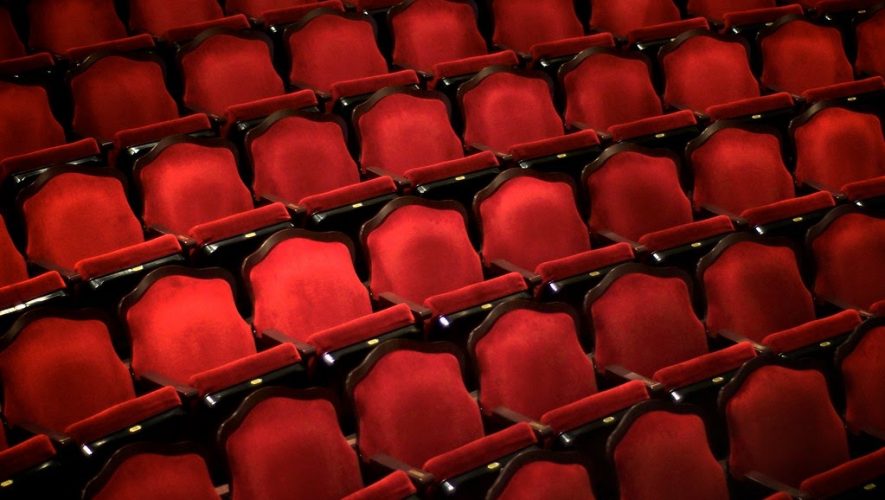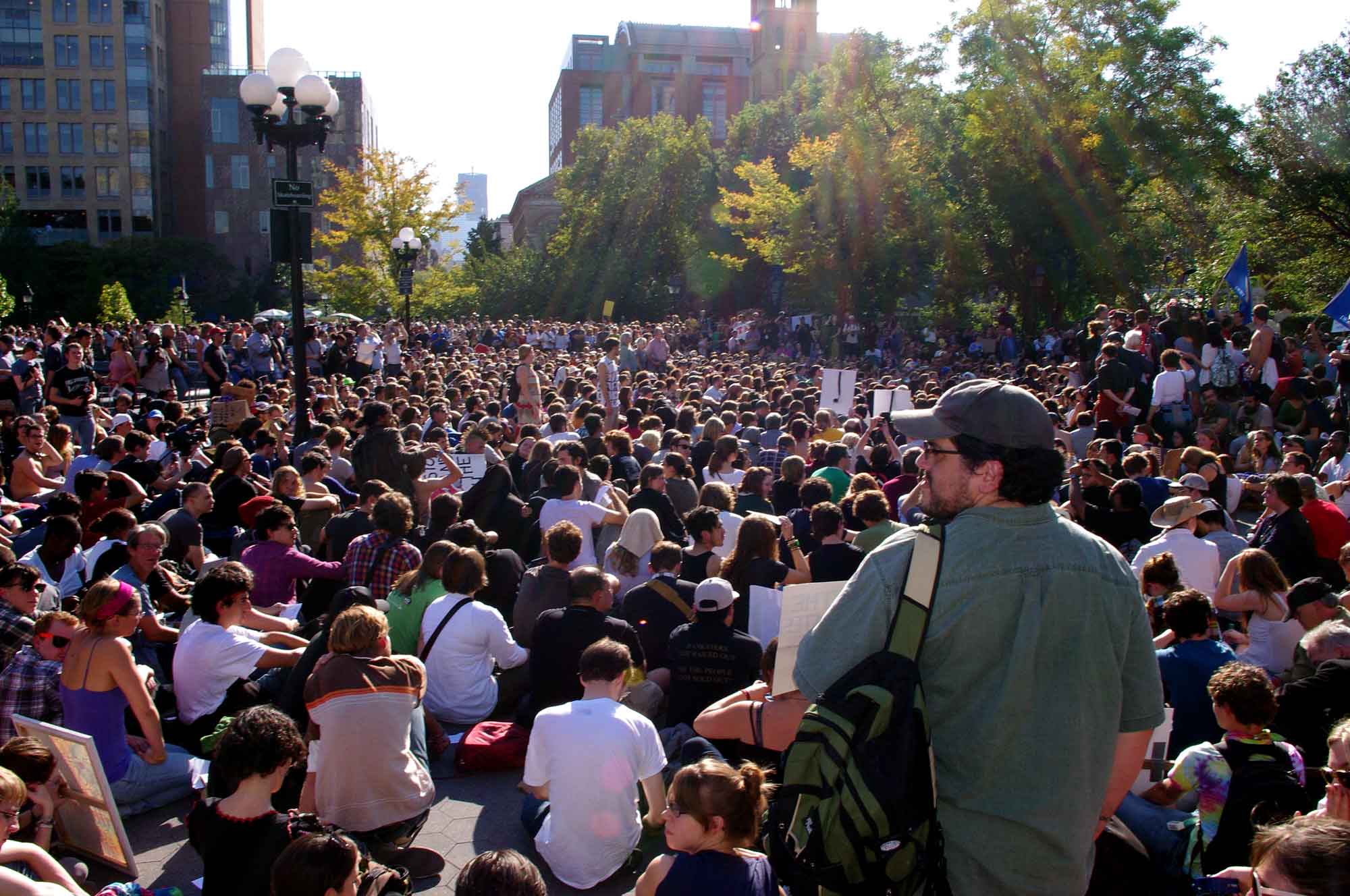For as long as we have existed, humans have created theatre. There is no universal definition, but the word “theatre” comes from the Greek verb “theasthai,” meaning to behold. It’s a place where an audience comes together to watch a live performance. This storytelling tool has been present in every country and culture throughout history.
Over time, theatre became more than just a casual art form—it developed into a professional industry. The theatre industry in the United States became one of the strongest in the world. It has always adapted, evolved, and survived, but the industry now faces unprecedented economic challenges due to the COVID-19 pandemic. Because of physical distancing, audiences cannot come together to “behold” performers. Without its traditional funding, how can the show go on?
Because the industry is so valuable, we must carefully scrutinize the amount of government support given. Theatre is a powerful part of the US economy—the industry contributes substantially to local communities and the country. The most obvious example is commercial Broadway theatres that stimulate income and employment in New York City. However, there are countless cases across the country; in Chicago, small theatres generate $80 million for the city and in eastern Kentucky, the Appalshop theatre/art gallery alone pumps $1.5 million a year into a region with some of the nation’s highest poverty rates.
In 2016, arts and culture contributed $804 billion to the national GDP, significantly more than the entire travel and tourism industry. About $33 billion of that came from admission to performing arts events, with theater, opera, and dance contributing $22 billion.
In 2017, arts and culture employed 5.1 million people; 300,000 of them worked in the performing arts, while millions more worked in production, including marketing, publishing, construction, and design services. Without theatre, arts and culture would lose one of its biggest drivers for profit and jobs.
“The industry needs enough financial support to survive a total shutdown.”
Before the pandemic, theatre across the country experienced an economic resurgence coming off the record-breaking success of Hamilton. Audience growth and box office statistics indicated a sort of golden age. However, even in a thriving Broadway climate, with most productions independently funded by private producers, only about 30 percent of Broadway shows were actually breaking even or making a profit for their teams.
These shows also stir other notable economic activity by attracting visitors who interact with different industries. Organized theatre tours bring at least twenty thousand visitors every year to New York City. These tourists stay for a week or more and spend an estimated $2.5 million on shopping, hotels, and other expenses. Before the pandemic, theatre attendance was rising at a record-breaking pace; as theatre grew, other industries profited too. Undoubtedly, these businesses will suffer without theatre as a driver for tourism.
Economic models vary across the US, but Playbill describes American theatre as “extremely decentralized and fiercely independent.” The National Endowment for the Arts (NEA)—established by Congress in 1965—strives to create opportunities for people throughout the country to participate in and experience the arts. It is a major source of funding for thousands of nonprofits each year and partners with philanthropic organizations, state arts agencies, local leaders, and other federal bodies.
While technically independent from the federal government, the NEA does receive an annual stipend from Congress. Still, its grant made up just 0.04 percent of the 2015 federal budget. Meanwhile, the agriculture industry received ninety times more than the arts despite adding four times less to the economy. Congress’s appropriations illustrate its disregard for the arts in favor of other industries.
If the government continues dismissing the arts, the industry will undoubtedly suffer. For theatre, the damages are indisputable. Performers, crews, and audiences are all at risk in a regular “full house.” If theatres reopen with distanced seating, much smaller casts, and lower ticket prices, the budgets simply won’t add up. There is also no guarantee that the public would feel safe enough to return to an enclosed space anytime soon; even if they did, they might not want to spend money on leisure during an economic crisis. As such, the industry needs enough financial support to survive a total shutdown.
This is not the first time theatre-makers have asked the government to recognize the value of theatre and invest in it to help the industry through hard times. President Franklin D. Roosevelt’s Federal Art Project in 1935 boosted the economy by giving people jobs and developing public infrastructure. It was part of a New Deal collection of projects created to assist the country’s arts and culture sector. By getting jobless artists to produce works accessible to all, the project contributed to record numbers of employment and high output during crucial Great Depression years. More impressively, it kept theatre alive.
The support needed to overcome the COVID-19 crisis will be more complex than that of the Great Depression. The problems caused by the pandemic are not a singular obstacle that can be compensated for or worked around. It is nearly impossible to find production methods that are COVID-19 safe in the short-term without reinventing our approaches to theatre.
“The government must make a decision: acknowledge theatre’s importance once and for all and rise to the occasion, or risk losing the industry forever.”
Time is not on our side. This has been the longest shutdown in Broadway history. As of May 18, Americans for the Arts reported that financial losses to nonprofit arts and cultural organizations were at an estimated $5.5 billion nationally. That means $2 billion in lost government revenue and 348,000 fewer jobs, leaving 62 percent of artists unemployed. Without some sort of bailout, the ongoing shutdown will cripple many institutions beyond repair.
Nonprofit organizations are trying to bridge the gap and step up to support artists. Broadway Cares/Equity Fights AIDS, Artist Relief, and Americans for the Arts are all researching artists’ needs, providing emergency grants, and advocating in Congress and the workplace on behalf of artists.
More directly, many Broadway producers agreed to pay hundreds of actors, musicians, stagehands, and others for the first few weeks of the industry shutdown. They also covered their health insurance for at least a month. However, these producers argue they cannot afford to do more, given that they have no box office revenue for the foreseeable future. The Broadway League, Actors Equity, other trade unions, and hundreds of arts leaders are now uniting to push for government assistance.
On March 27, Congress passed the $2.3 trillion Coronavirus Aid Relief and Economic Security (CARES) Act, which was meant to provide fast, direct economic assistance to American workers, families, and small businesses. The act allocated $75 million to the NEA to preserve jobs and help support organizations that were forced to close. The distribution is happening noticeably faster than in 2009, when Congress gave $50 million to the NEA as part of a larger stimulus combatting the 2008 financial crisis, but still not fast enough. By comparison, in May, New Zealand launched four new funds to support the arts and music sector in a $175 million arts recovery package. The UK also announced a recent $2 billion bailout to keep its arts afloat. Both nations have provided far more funds than the US despite having much smaller theatre industries.
The government’s contributions are not enough to save an industry crippled by an unparalleled emergency. The Broadway League declared that Broadway will remain closed for “at least the rest of this year.” Without urgent and increased federal support, US theatre will never be the same again, permanently losing countless creators, artists, and venues. The government needs to allocate more emergency relief funds to a broader range of theatre organizations across the country, efficiently and directly.
First, it must become easier for different types of theatres to qualify for and access help. Small independent theatres are the first to close—without them, we will lose the theatre landscape’s diversity. These nonprofit regional theatres are usually more focused on advancing equity, diversity, and inclusion work in the industry.
Just as importantly, the portion of money allocated from the CARES Act does not reflect the value of the performing arts economically or culturally. Because theatre contributes so much to our country, the government must provide equivalent financial support. The fight to recognize the value of live art is not new—as seen through the long-standing battles over performing arts programs in public schools—but theatre has proven its worth time and time again. The government must make a decision: acknowledge theatre’s importance once and for all and rise to the occasion, or risk losing the industry forever.
It is crucial that this cultural tradition—tied to our history and imperative to our society—continues. The government must finally appreciate theatre’s economic benefit as well as the clear social contribution. As our world becomes more complex and faces increasing changes, why eliminate a powerful, reliable economic and cultural tool? In a situation more dire than ever, the government must put in adequate effort and meet the challenge. Hopefully then a path forward will emerge for the day when theatre can resume.



